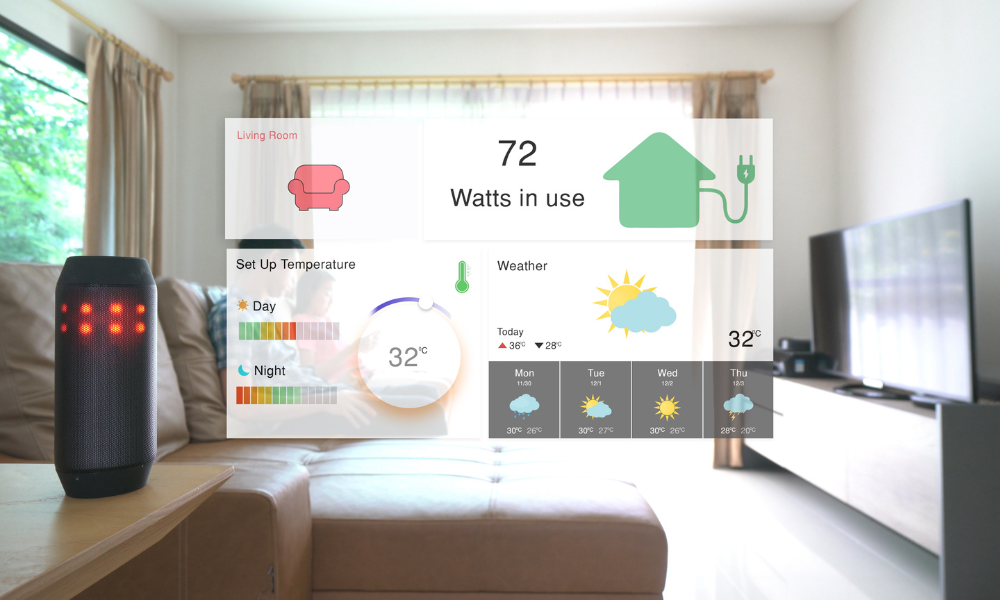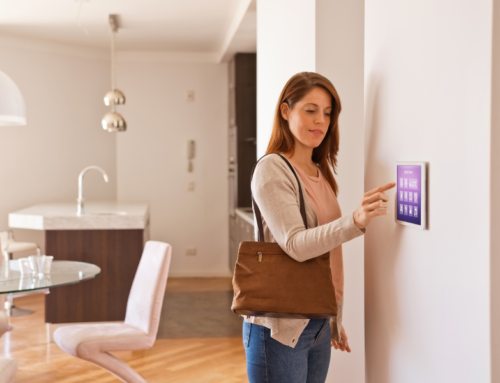In the era of smart technology, turning your home into a seamless, connected space is not just a possibility—it’s a reality. Welcome to Smart Living 101, where we break down the essentials of home automation for beginners. Uncover the wonders of technology that can transform your living spaces into efficient, intelligent environments that adapt to your every need.
Basics Home Automation for Beginners
Let’s dive into the fundamental concepts of home automation for beginners. Learn what smart devices are and how they communicate with each other to create a cohesive, automated ecosystem.
Building Your Smart Home Foundation
Start your journey by selecting the right hub or platform for your smart home. Explore popular options like Amazon Alexa, Google Home, or Apple HomeKit, and understand how they serve as the central control point for your devices. You can also use your phone as well so you can create all devices into one place (a hub) and manage them easier.
Essential Smart Devices
Discover the must-have smart devices for beginners, including smart bulbs, smart plugs, and smart thermostats. These entry-level devices lay the groundwork for a more intelligent and energy-efficient home.
Creating Scenes and Automation
Delve into the art of creating scenes and automation. Scenes and automation allow you to change setting on your devices with either a touch of a button, command, or automatically. Learn how to set the mood with a single command, automate routine tasks, and create scenarios that enhance both convenience and ambiance. An example we use often is creating an automated setting to cut on the front porch light of our home if we are away from home after 8:00p.m. This helps us get into our home without fumbling with all the things we’re looking to bring in the house. Another common scene is automating door locks when setting your alarm at night. This ensures all your smart locks lock when you active your alarm system.
Voice Control with Virtual Assistants
Embrace the convenience of voice control with virtual assistants like Alexa, Google Assistant, and Siri. Understand how these voice-activated platforms enhance the hands-free operation of your smart devices. By using voice commands, it makes it easier for you to control your device by simply telling or asking your hub to do something. Example: “Alexa, turn the thermostat to 72 degrees.” or “Siri, can you turn on the lights in the living room?”
Smart Security Features
Explore the smart security features that bolster the safety of your home. From smart locks to doorbell cameras, discover how automation adds an extra layer of protection to your living spaces. These devices allow you to have the peace of mind your home is safe even when you’re not there.
Integrating Smart Entertainment
Elevate your entertainment experience by integrating smart devices. Connect smart TVs, sound systems, and streaming devices to your hub so that you can turn your living room into a personalized entertainment haven. Now you can relax, stay under your blanket, and avoid searching the sofa for your remote and ask your hub to handle it all.
Troubleshooting Tips for Beginners
Navigate common challenges with our troubleshooting tips for beginners. From connectivity issues to device compatibility, gain insights into overcoming obstacles on your journey to a smarter home. These are common fixes for fixing connectivity issues:
- Disconnect and reconnect your devices
- Turn off the device for at least 10 seconds before turning it back on
- Determine if the device is updated
- Ensure the device is compatible
Energy Efficiency with Smart Thermostats
Uncover the energy-saving potential of smart thermostats. These devices adapt to your preferences, optimizing energy usage and contributing to a more sustainable home automation for beginners. As mentioned before, you can create scene that will allow you to change your thermostat based on your habits. You may like to sleep in colder temperature at night. You can create a scenario where it automatically changes for you before you even jump into bed. If you travel a lot, you may not want your air conditioning on while you’re gone, but you want it to turn on a few hours before you get home. This is how you optimize your energy usage and smart thermostats can get you there.
Future-Proofing Your Smart Home
Explore ways for future-proofing your smart home so you can live a more efficient life. Understand how to stay ahead of technological advancements and ensure that your home automation system remains compatible with the latest innovations. Embark on your smart living journey with confidence. Smart Living 101 is your guide to mastering home automation for beginners. Transform your home into a connected haven that caters to your lifestyle, preferences, and aspirations because you deserve a more intelligent living experience. Welcome to the future of home automation!





